Changes to the system have not been implemented to grow the herd, but instead consolidate the system and make it more efficient.
Mike Noonan switched from parlour milking to robots in 2021. The change has improved grassland management and herd health by building an efficient system that has optimised milk yield whilst reducing labour dependency.
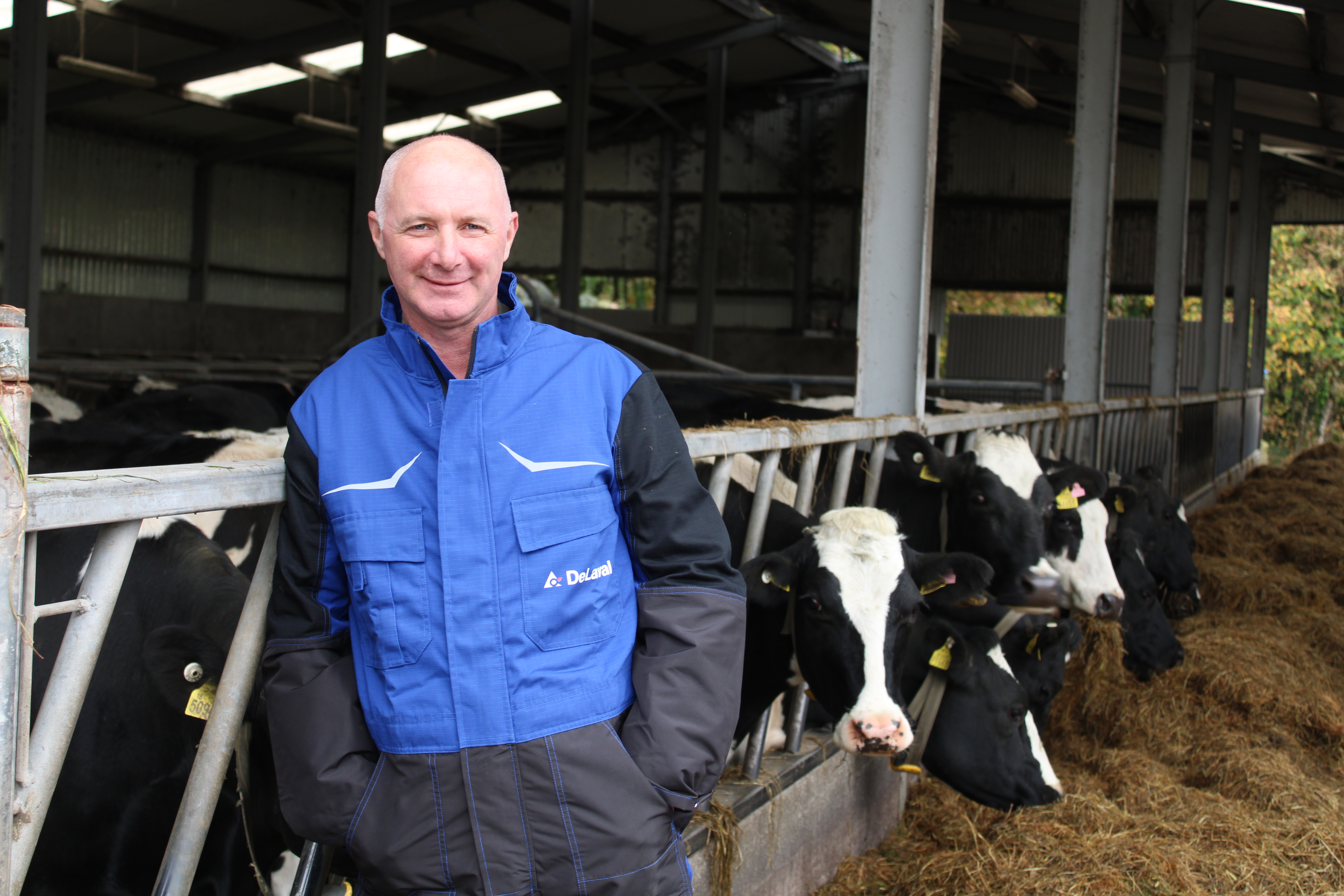
The Knockaunlour Farm Partnership is based north of Cork and milks 65 cows through one DeLaval VMS robot. The 54-acre farm is managed by Mr Noonan and his wife Margaret who are the third generation and farm in partnership with Margaret’s parents.
The old 10-unit parlour has been removed to make way for calving pens, and the robot was installed in an existing building along with an intricate series of permission gates that enable the farm to operate an A, B, C grazing system.
“When we milked through the parlour, cows would graze for 12-hour periods day and night. This has been reduced to 8 hours which is helping us to manage our grass paddocks more efficiently and make more milk from forage,” says Mr Noonan.
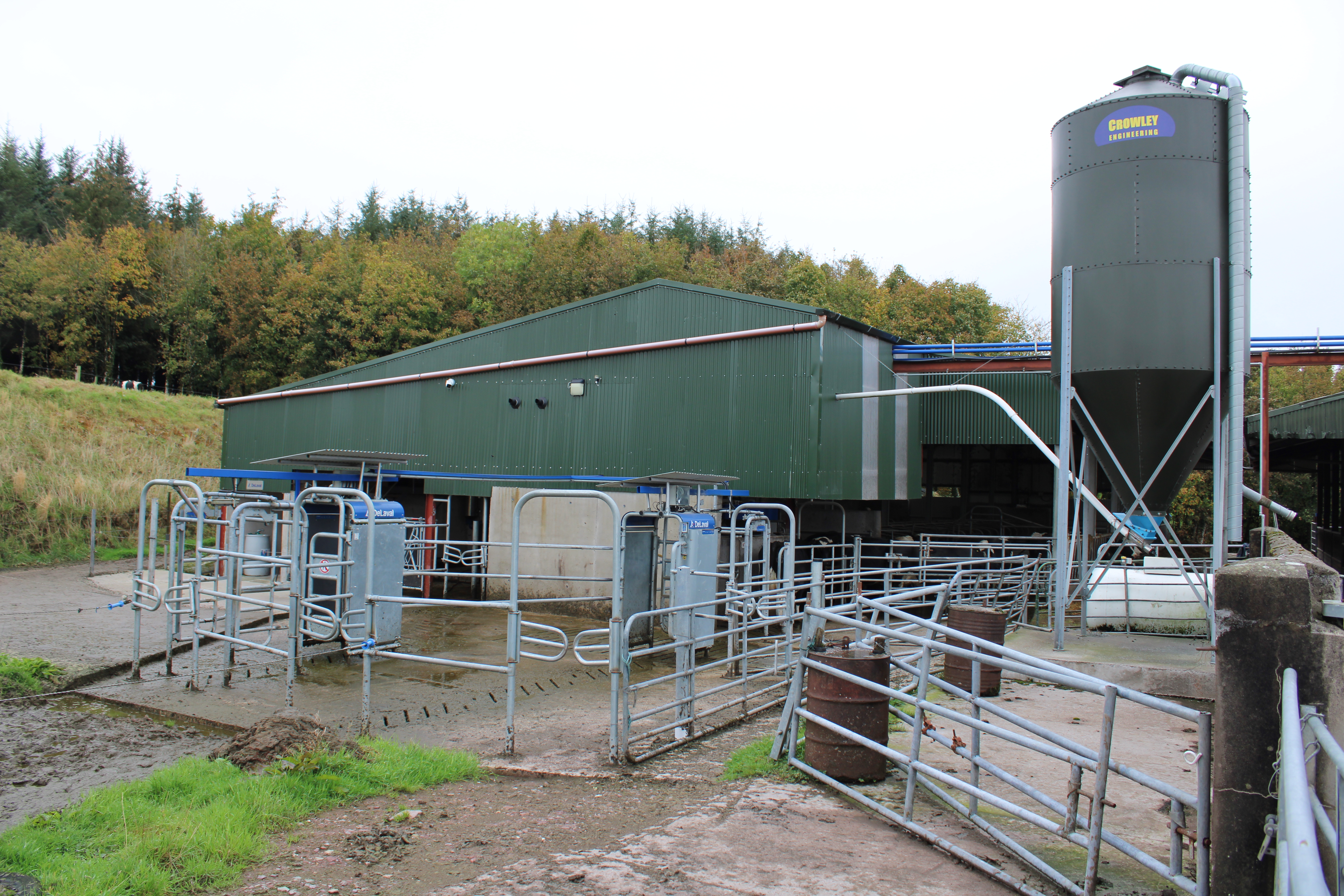
The A, B, C grazing system sees cows moved around three paddocks throughout the day. To reach B the cows come through permission gates and visit the robot when permission is granted. This is repeated for the cows to visit paddock C and some cows will be milked two or more times a day depending on yield.
“It has been a challenging year for grass. Temperatures have been low, so grass has been slow. This led us to bring the cows back to the shed to be buffer fed on zero-grazed grass in the summer, but the herd is also able to graze C paddocks when there is sufficient good quality grass,” he explains.
He suggests that, when grass is good, the herd will take 40% of their grass intake from paddock A, 40% from B and 20% from C.
“The ideal is to see the cows grazing a grass cover of 1300-1400 kgs per hectare. When grass is too strong, we take it as baled silage because leaving the cows to graze strong covers makes them stay out too long which has an adverse effect on grass regrowth for the next rotation,” he says.
At some points in the season he also changes C grazing to zero grazed grass which is fed out in the shed.
“The zero grazer is handy to have, but I don’t want to use it too much because of cost and time. Being able to bring fresh grass to the cows and protect the grass leys when it is wet is a big help and it also keeps yields up when grazing is more difficult,” he adds.
“Our 54 acres is split into 25 paddocks, with 22 assigned to A, 20 to B and 12 acres to C. It has been a period of adjustment, but the damage has been significantly reduced and the additional fencing, whilst time consuming to install, is much quicker than the time it took to milk the herd in the parlour,” he says.
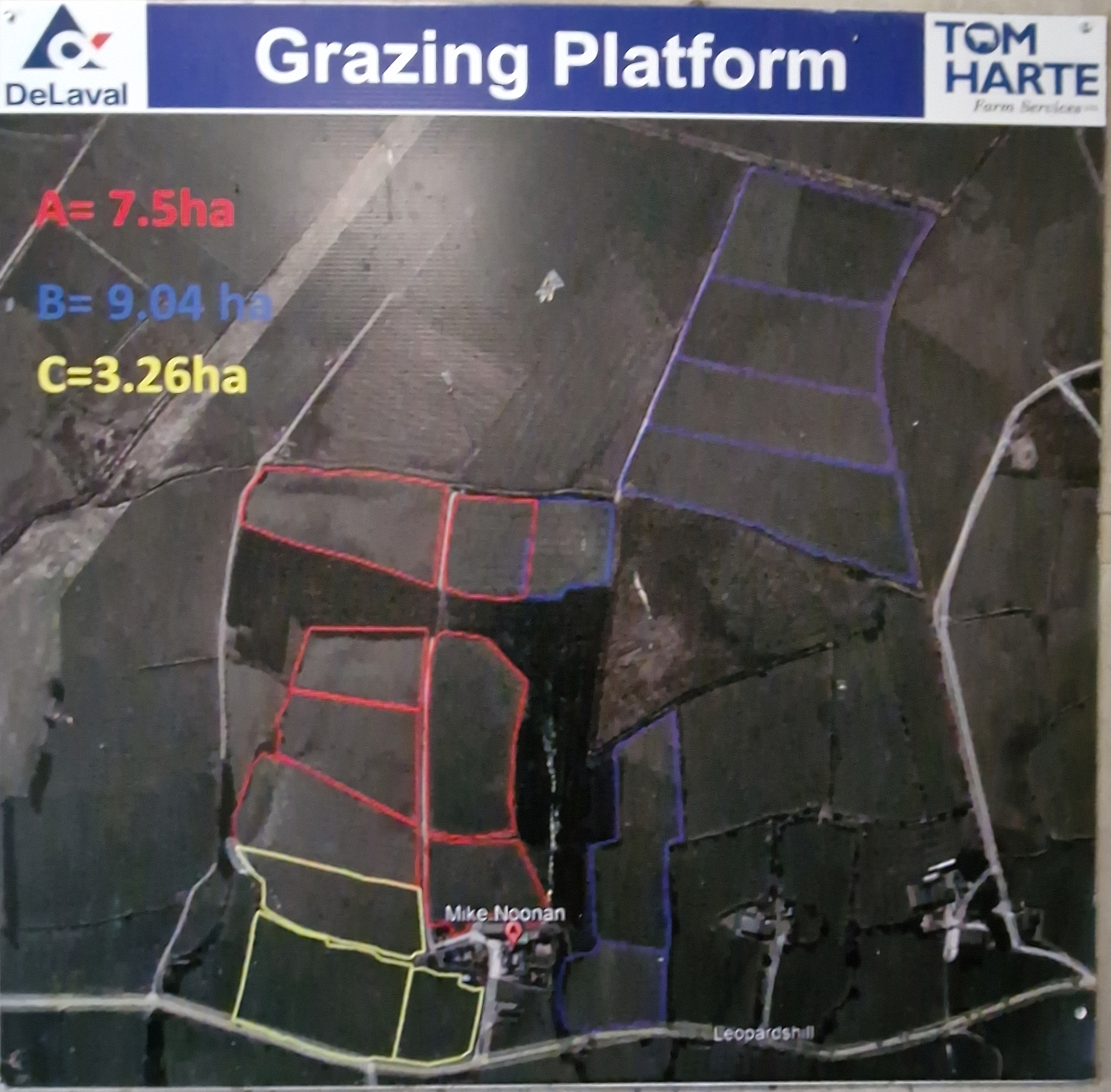
It would take him over an hour, twice a day, to milk the herd through the old parlour. This time has been used to improve the grass leys, put up the fences needed to implement the A, B, C system and take on more grassland management.
“We have our own baler now and because we only feed out baled silage it has really helped us manage the land and improve silage quality. Not relying on contractors is also a cost saving and has enabled us to bale when grass is as its best,” he adds.
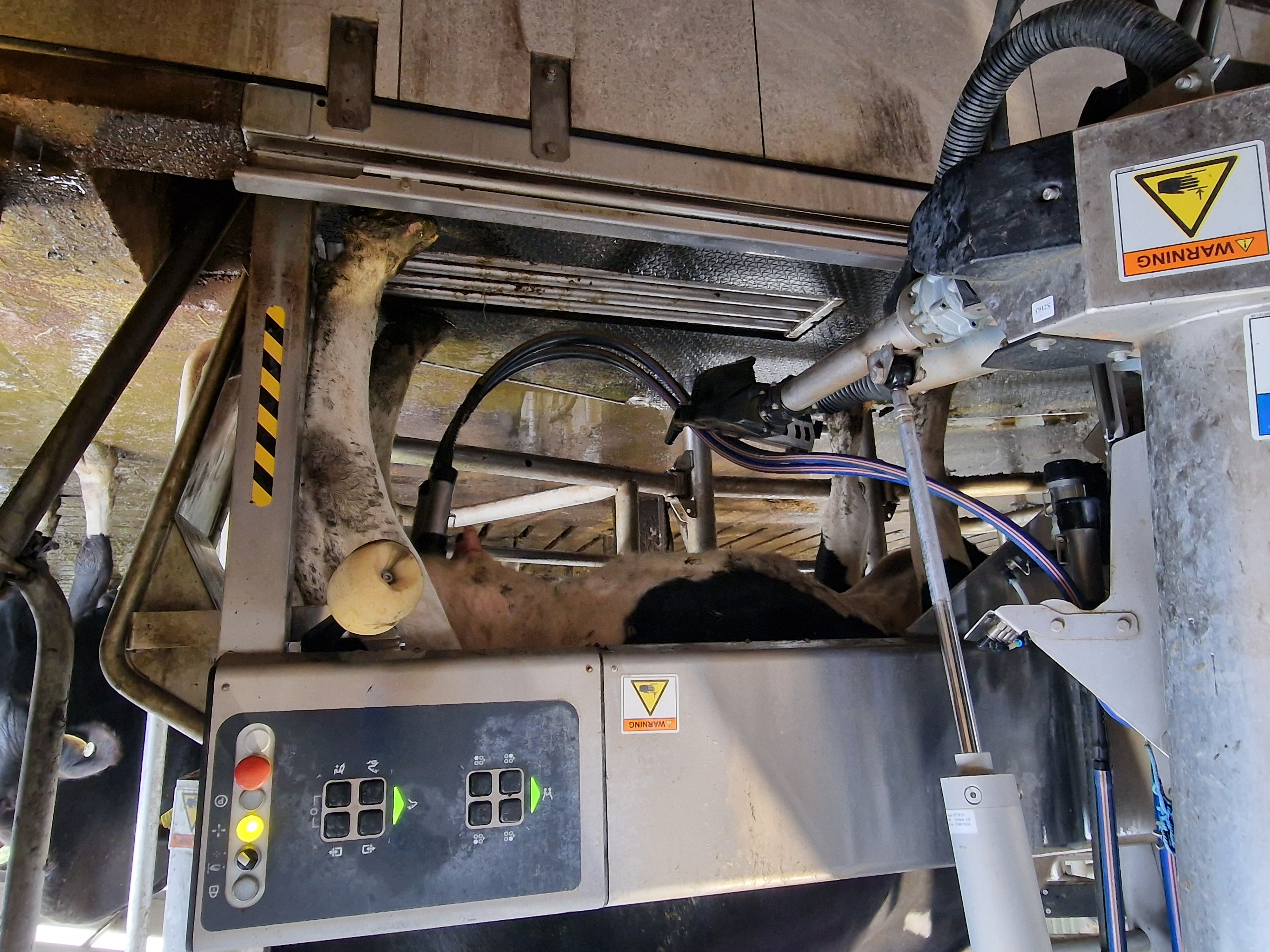
He stresses that changes to the system have not been implemented to grow the herd, but instead consolidate the system and make it more efficient.
“The shift to robots and the new grazing system has been made to make the farm more manageable. Our daughter is not likely to take the farm on, so we have built a system that could potentially be taken on by a tenant in the future,” he says.
DeLaval’s DelPro system provides him with data that the previous parlour was unable to offer. This has helped to manage the ration, spot mastitis cases earlier and react to other cow health concerns faster.
“I don’t want to overthink things by using the technology too much, but it is useful to help guide our decision-making. With the parlour we fed a flat ration to the whole herd, but the robot’s feed to yield has helped us to save on concentrate and also dry cows off quicker,” he says.
A simple red, amber, green signalling system indicates incomplete milkings and cow health concerns.

“We can spot if high yielding cows are showing early signs of mastitis, and our SCCs have come down to just 80. We are reacting to mastitis cases at least two days earlier, which is saving time and money. I can treat some cases with udder mint, or we can use a tube if it looks worse,” he adds.
Above all, the quality and pace of life has changed since introducing the robot.
“I live six miles from the farm so would have to be up at 5:30am and wouldn’t finish until 7:00pm, 7 days a week. I now have more time to make other farm tasks like slurry application and baling possible, which is saving money and enabling us to live a more manageable life,” he concludes.
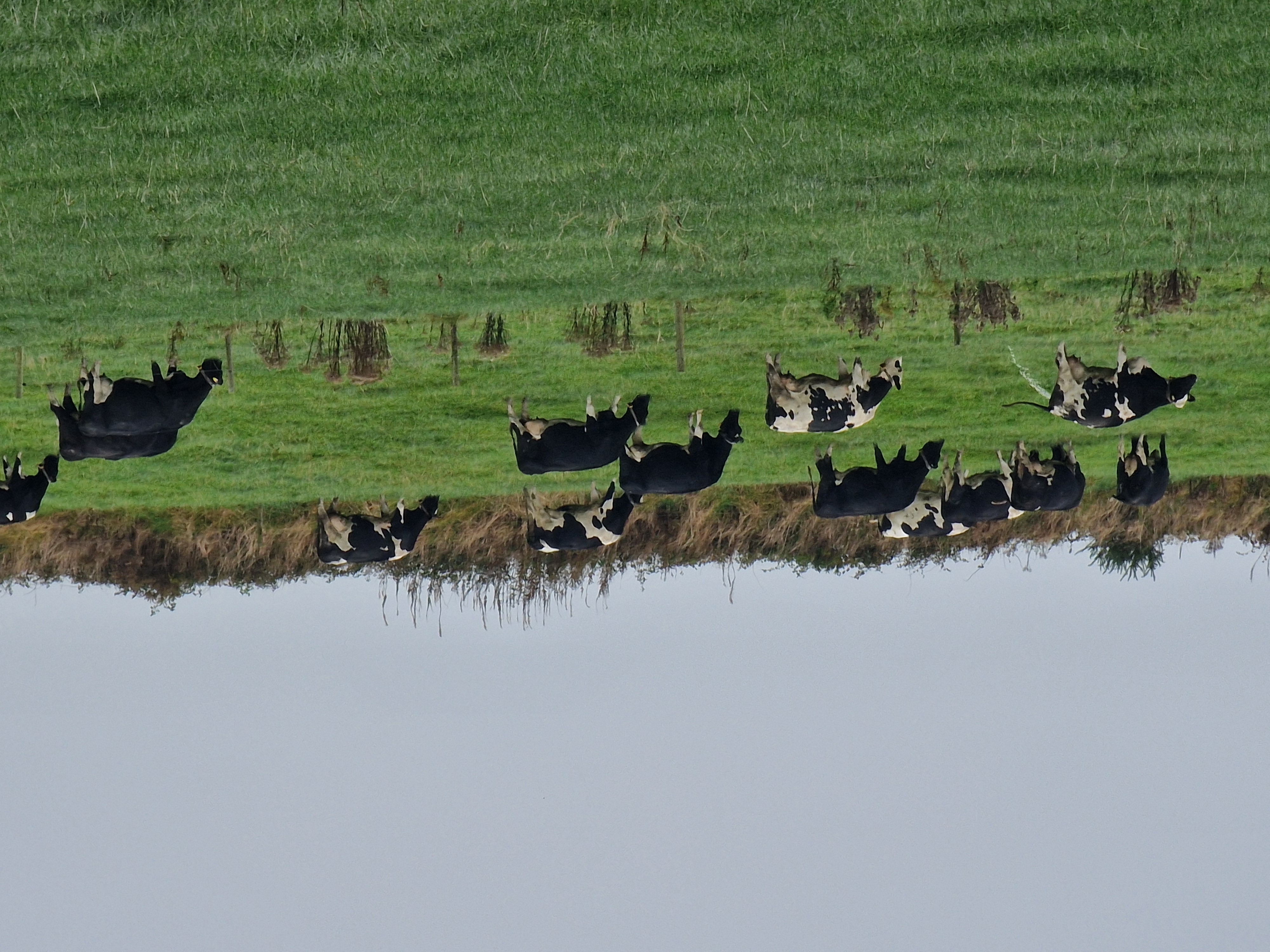
Farm Facts - Knockaunlour Farm Partnership :
· 54 acres
· 65 cows in milk
· 14 in calf heifers
· 15 youngstock
· 5500 litres per cow per year
· Butterfat 4.31%
· Protein 3.51%
· SCCs 80
· Spring calving
For more information on the DeLaval VMS™ V300 series of milking robots, click here.